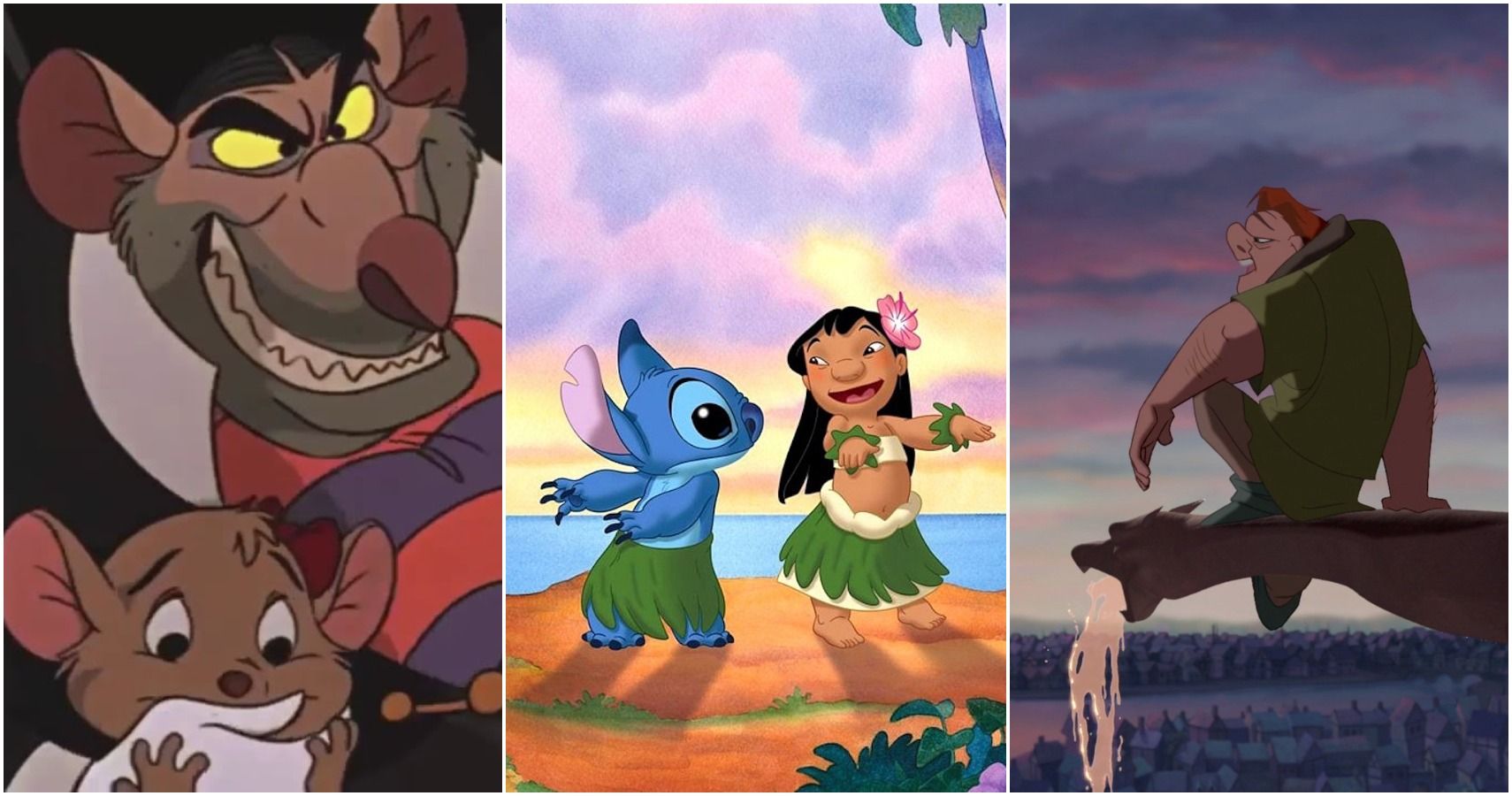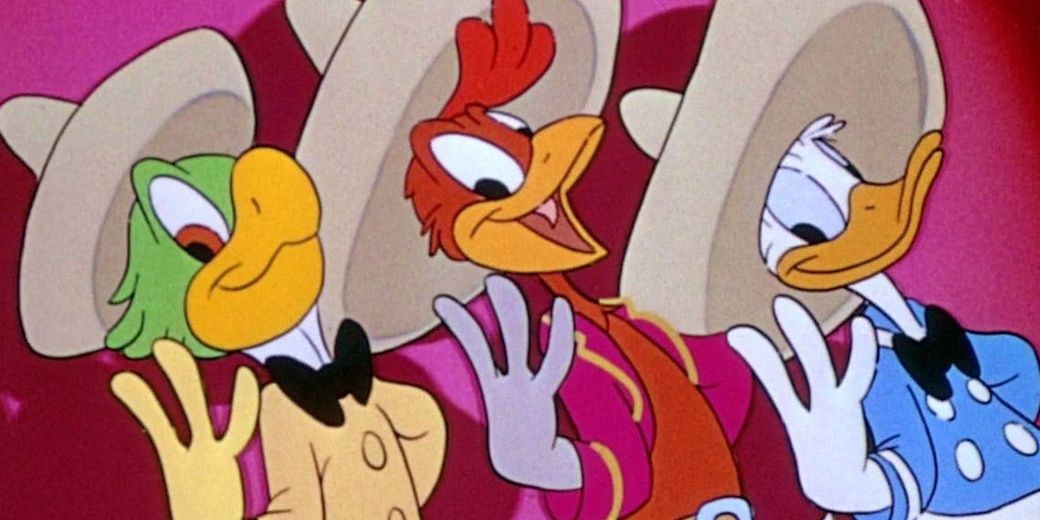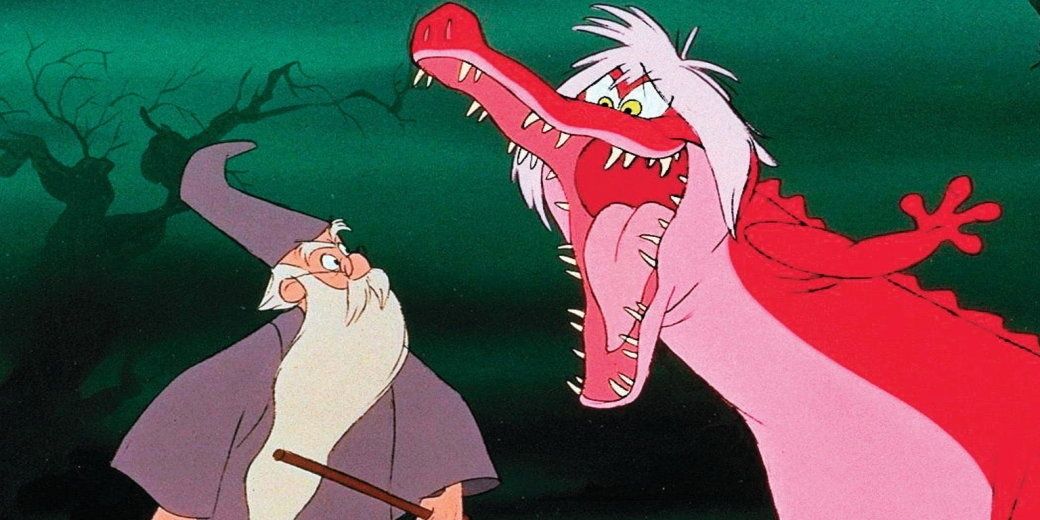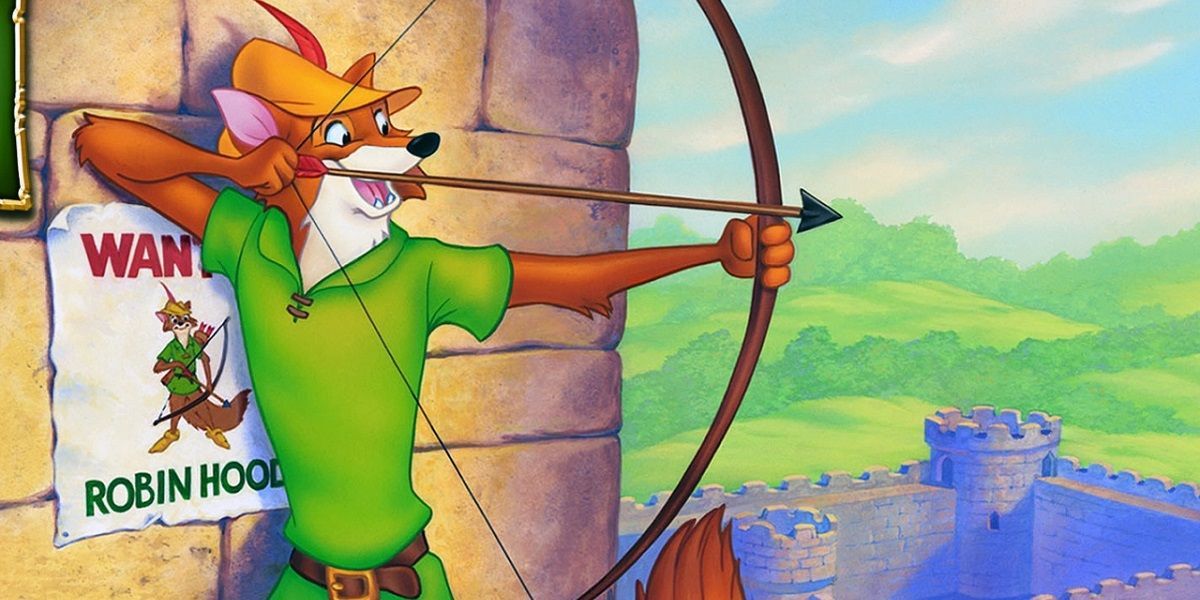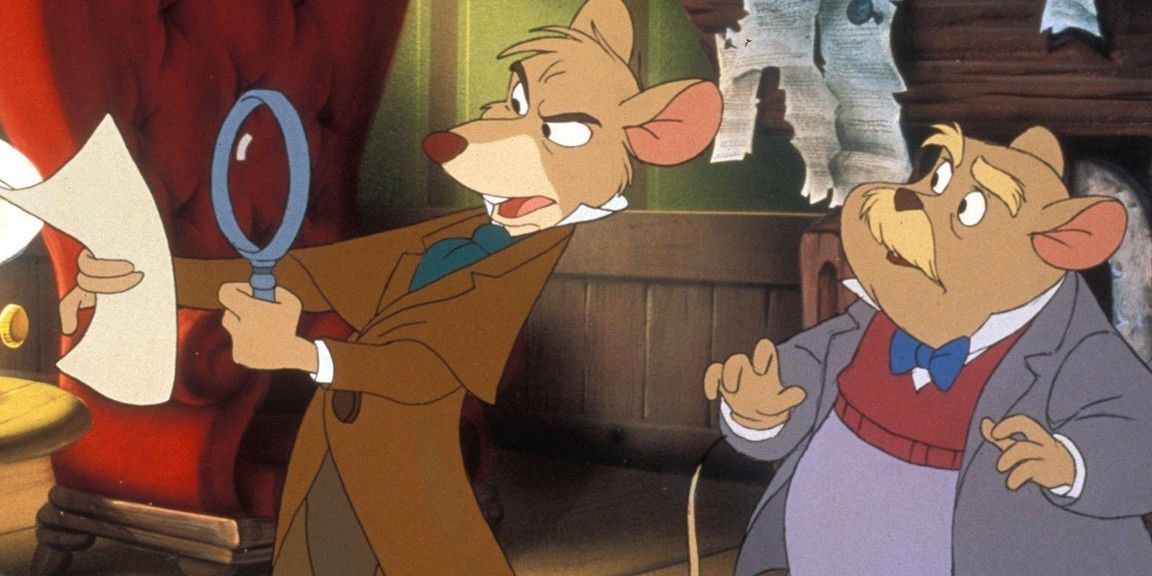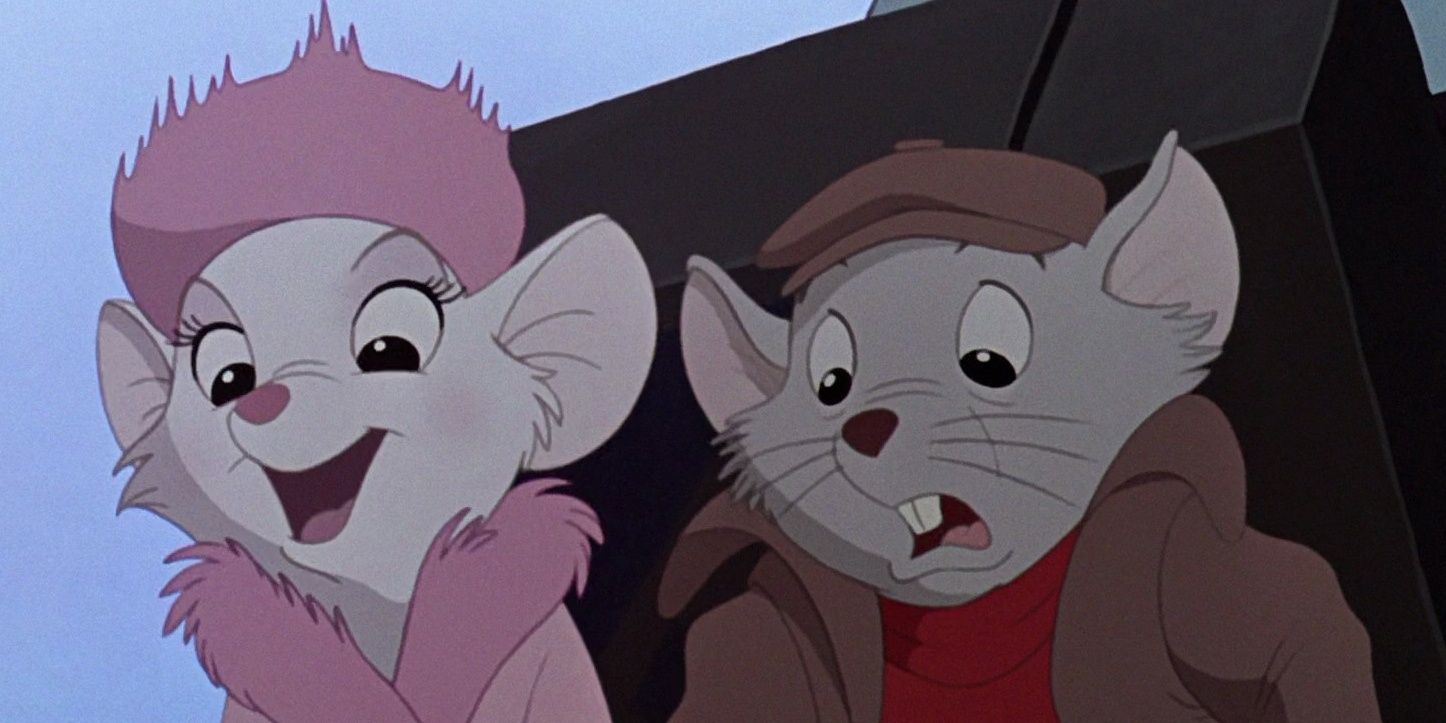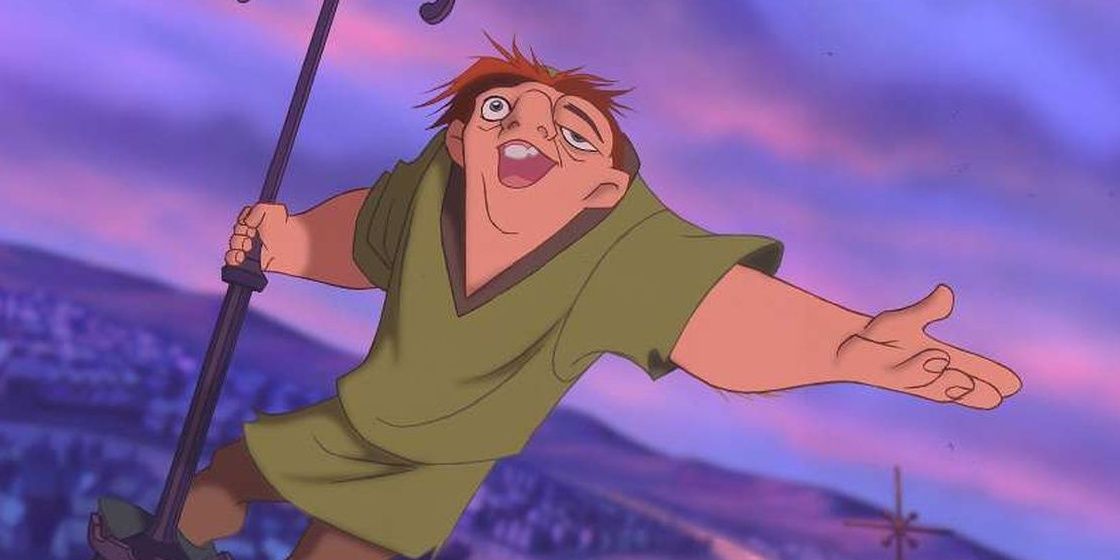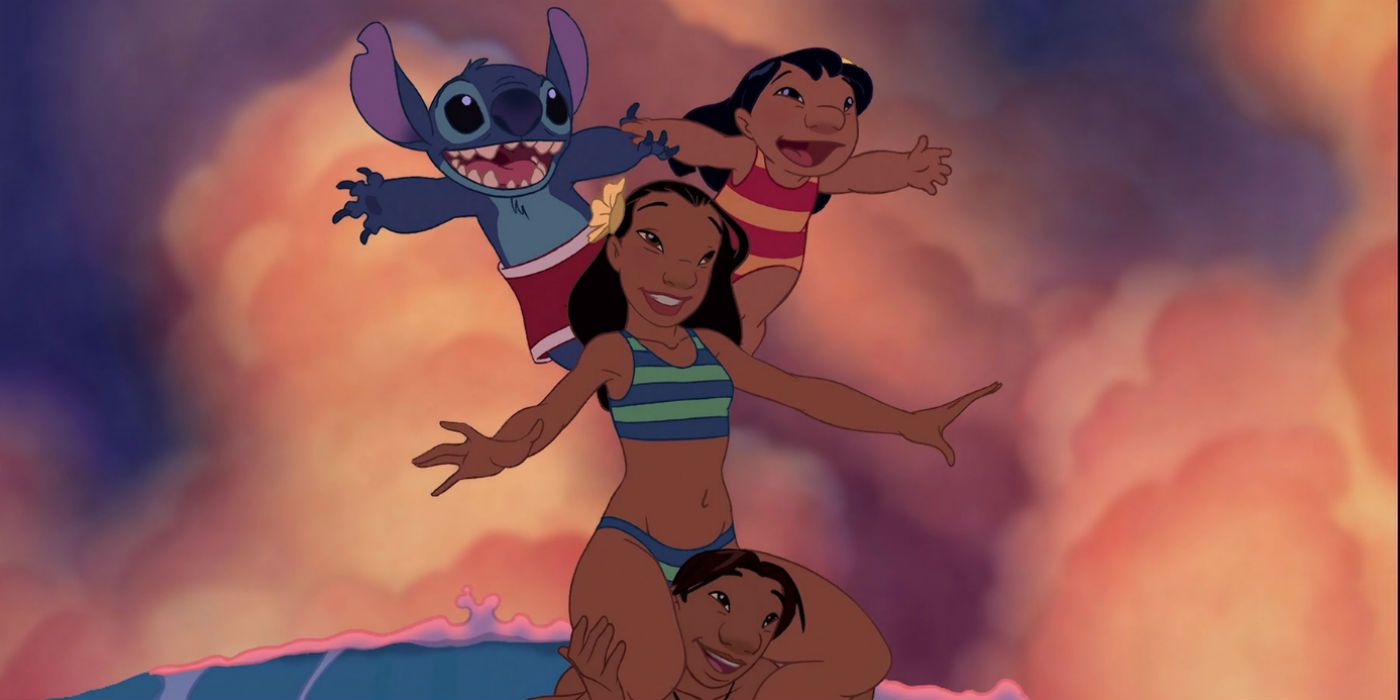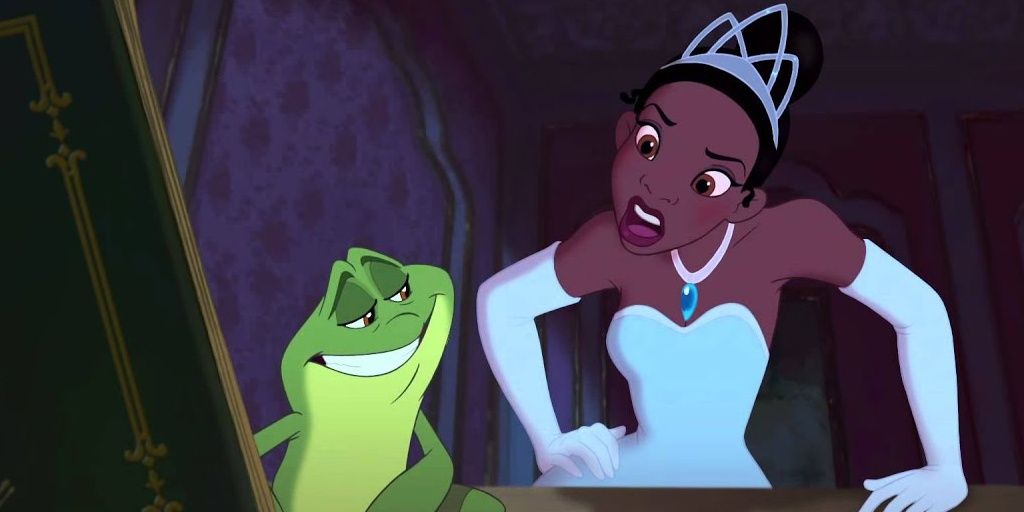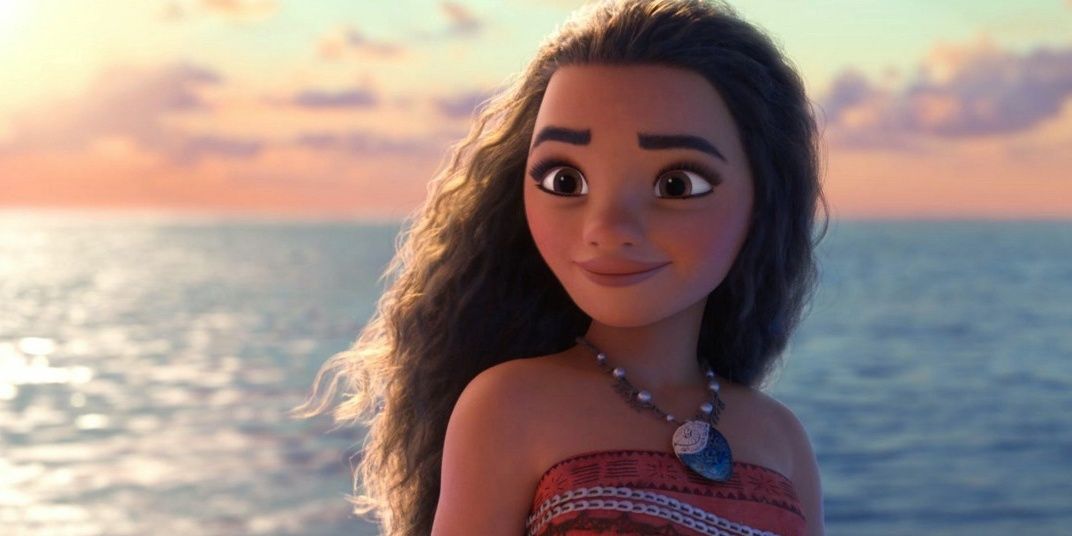Though Disney animated feature films have been a permanent fixture of people's lives for decades, much of the studio's output is forgotten or ignored. From its earliest days, the company's founder, Walt Disney used the animation medium to make, what he considered to be serious artistic work.
But popular tastes and profits often outweigh creativity, and Disney has always struggled to find a balance between chasing innovation and boosting its bottom line. The films on this list, for one reason or another, failed to connect with audiences at the time of release, but are some of the most interesting works the studio ever produced. Some flawed, all fascinating, below are the most underrated Disney Animated Features that deserve another look.
The Three Caballeros (1944)
Though it suffers from all the same issues that plague the rest of Disney’s 1940’s “package" films, The Three Caballeros is a joyous oddity in the studio’s canon. A follow-up to the similar but inferior Saludos Amigos (1942), Disney’s seventh animated feature, and the first ever to incorporate live action characters and hand-drawn animation, the film is composed of a series of loosely-related vignettes with a framing device which sees Donald Duck opening birthday presents from his friends. Along with Saludos Amigos’ José Carioca and a new feathered friend, Panchito Pistoles, Donald goes on a tour of Latin American culture as a goodwill gesture to the continent as an American ally during wartime.
Though parts of it are snooze-worthy, overall its a vibrant, entertaining, and occasionally surreal technical showcase and love-letter to a region of the world that The Three Caballeros introduced an entire generation of Americans to, as evidenced by the dark ride in Epcot’s Mexico Pavilion’s (Gran Fiesta Tour Starring the Three Caballeros) continuing popularity.
The Sword In The Stone (1963)
After Sleeping Beauty practically bankrupted the studio, Disney made a transition to using Xerox photography to animate more cheaply, quickly and efficiently. Though the first feature executed in this style--One Hundred and One Dalmatians--is well-regarded as a classic, many of the films that followed are underappreciated or forgotten. Case in point: 1963’s The Sword in the Stone, a small-scale though the charming treatment of the legend of King Arthur.
Episodic and narratively thin, the film is nonetheless a nostalgic treasure for countless Disney fans who adore the lovable characters, including Merlin, Wart, Archimedes the Owl and Madame Mim, the purple-haired “ugly old creep” who duels Merlin in one of Disney’s most hilariously imaginative sequences. A fizzy and freewheeling fantasy romp, The Sword In The Stone is lesser Disney, to be sure, but it’s completely enchanting.
Robin Hood (1973)
Confusing little girls and boys over two decades before The Lion King made big cats mean big money, Wolfgang Reitherman used anthropomorphized animals to retell the legend of Robin Hood in one of the best-loved of the overlooked Disney features. Minstrel turned rooster Alan-a-Dale recounts the tale in which a literally foxy Robin gets up to all sorts of mischief with his band of merry men...er...fauna.
With a truly delightful cast of character (including two time Academy Award winner Peter Ustinov’s hilarious turn as thumb-sucking villain Prince John) and a uniquely laid-back and tuneful score, Robin Hood is a winsome trifle made for a Sunday afternoon.
The Great Mouse Detective (1986)
Its popularly believed that the Disney Renaissance began in earnest with The Little Mermaid, but for obsessives, that wave crested one film earlier with The Great Mouse Detective. Taking inspiration from Arthur Conan Doyle’s Sherlock Holmes stories and based on a children’s book series, John Musker and Ron Clements (eventual creators of Mermaid, Aladdin, and others) crafted a strange and compelling drama that saved the studio from financial ruin after the calamity that was The Black Cauldron.
Also notable for the first use of CGI in a feature-length animated film (during its climactic Big Ben sequence) and a villainously charismatic late-career performance by Vincent Price, The Great Mouse Detective is a dark cult classic that was invaluable in setting the stage for the renaissance to come.
The Rescuers Down Under (1990)
Quick! What was the very first sequel to a Disney animated feature? You might be surprised to learn that the answer is The Rescuers Down Under, a follow-up the 1977 film (itself vastly underrated) about two members of the Rescue Aid Society--a group of mice who make it their mission to help abductees around the world. Though somewhat obscure to all but the most dedicated Disney fans, The Rescuers was a box-office success at the time, and its better-late-than-never follow-up is just about the only sequel in the entire studio canon just as good, if not better, than its progenitor.
Again teaming Eva Gabor (in her final performance) and Bob Newhart as agents Bernard and Bianca on a mission to Australia to rescue a boy from a villainous poacher (played by the inimitable George C. Scott), The Rescuers Down Under is a lushly animated and breathless action adventure with a much-appreciated conservationist message that remains relevant to this day.
The Hunchback of Notre Dame (1996)
A film released smack dab in the middle of the Disney renaissance, Gary Truesdale and Kirk Wise’s adaptation of Victor Hugo’s French Gothic novel remains an odd fit for the studio, an opinion shared by the hordes of children and horrified parents that either never saw it or avoided it like the plague after being scarred by it in the theater. Though there are definite missteps here (the gargoyles will forever chafe) Hunchback features some of the finest music ever crafted by Alan Menken, which is no faint praise with classics like “Part of Your World” and “Tale As Old As Time” in his repertoire.
The sumptuous arrangements perfectly suit the bewitching visuals of medieval Paris, the looming cathedral of the title, and Quasimodo himself, a character whose soul is revealed in the incredible “Out There” to be as pure and hopeful as his visage is twisted. The darker tones of the piece will never sit well with some viewers, but The Hunchback of Notre Dame is one of the visual and musical triumphs of Disney’s output in the 90s, a powerful polemic against prejudice, and a warm embrace for anyone who's ever felt like an outcast.
Atlantis: The Lost Empire (2001)
The first and likely last Disney film of its type, this Jules Verne action/adventure arrived at the tail end of the Renaissance and has remained in the dustbin ever since despite its imaginative world-building, unique style, and rousing sense of fun. Despite its unique animation which took inspiration from comic book artist Mike Mignola, the film became a casualty of a time when audience interest was drifting away from hand-drawn animation towards feature length CGI spectacle.
Not only that, but the scope of the film had to be scaled back, as the project was considered too expensive and ambitious for the studio. This lead to a modest box-office that resulted in a cancellation of both a Television series and attraction based on the movie at Disneyland. Though audiences were unenthusiastic at the time of release, Atlantis has become a cult favorite worthy of re-visiting for anyone looking for something a little off-the-beaten-path from the studio.
Lilo and Stitch (2002)
An odd duck film reflecting its odd duck titular duo, Lilo and Stitch is one of Disney’s most mournful, reigned-in, and ultimately, hopeful works. The story about a young girl at threat from removal from her adult sister’s care by Child Protective Services in beautiful Hawaii who becomes best friends with an alien was the last great film the studio made before the end of its renaissance, but it got lost in the shuffle for its blend of soft sci-fi and family drama.
Don’t let the Stitch saturation fool you, the little bugger is an essential device for levity in this delicately rendered story about chosen families and the bonds of sisterhood.
The Princess And The Frog (2009)
As of now, The Princess And The Frog remains Disney’s last wholly-original, traditionally hand-drawn film. Though female lead (Tiana, the first and only African-American Princess in the Disney canon) and delightfully smooth villain, Dr. Facilier have become welcome fixtures at Disney parks, it’s fair to say that the film that spawned them rarely finds itself on most fans “favorite” lists.
This is a shame, as directors Ron Clements and John Musker made their triumphant return to the studio and created a forward-thinking throwback packed with instantly iconic characters and songs. Though the film did turn a profit and was nominated for three Academy Awards ( it lost “Best Animated Picture” to Pixar’s Up) entirely too much was riding on it, and it simply wasn’t enough to keep Disney animators animating by hand. Tangled would come along the next year, ushering in the studio’s total transition to computer-animated features, but The Princess And The Frog remains a fitting swansong to an era Disney filmmaking that we’ll likely never see again.
Moana (2016)
A 643 million dollar worldwide gross and Oscar nomination are nothing to sniff at, but Moana ( a should-have-been instant classic from Musker and Clements) has largely existed in the shadow of that year’s bigger release, Zootopia. A modern and culturally sensitive update of the Disney princess formula with unexpected and fresh-faced songs by Broadway hitmaker Lin-Manuel Miranda, Moana is slowly gaining ground as one of richest films the studio has ever produced.
Zootopia’s social commentary will always remain vital, but Moana is filled with just as necessary universal and immortal messaging about family dynamics, the power of the individual, and questioning tradition for the betterment of the self and others. Move over Frozen, this may well be the most heartfelt, inspiring, mind-meltingly gorgeous movie in the entire Disney canon.

